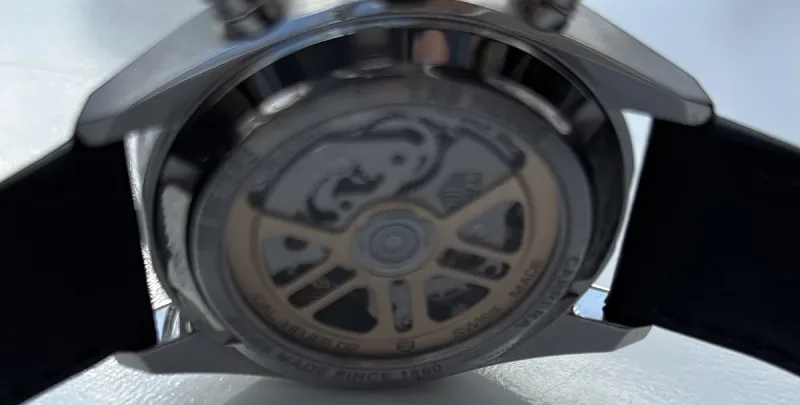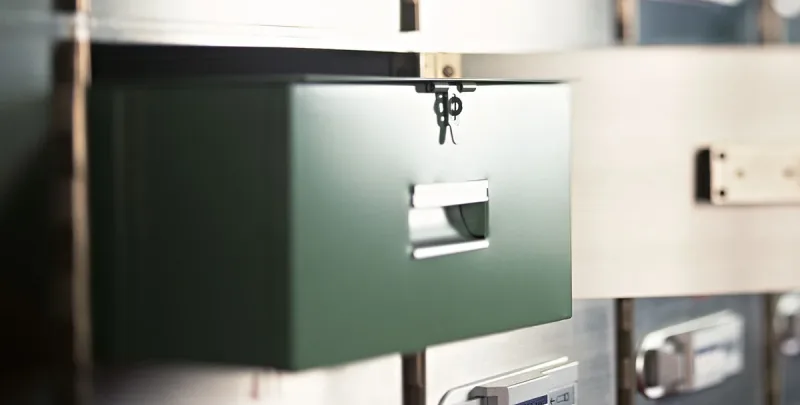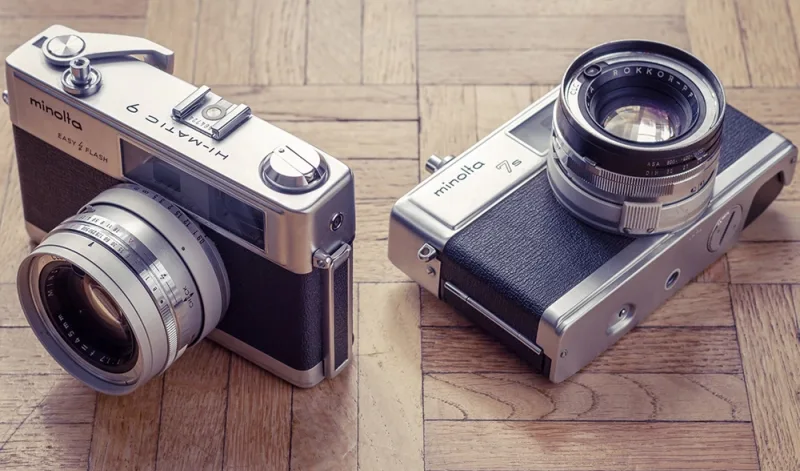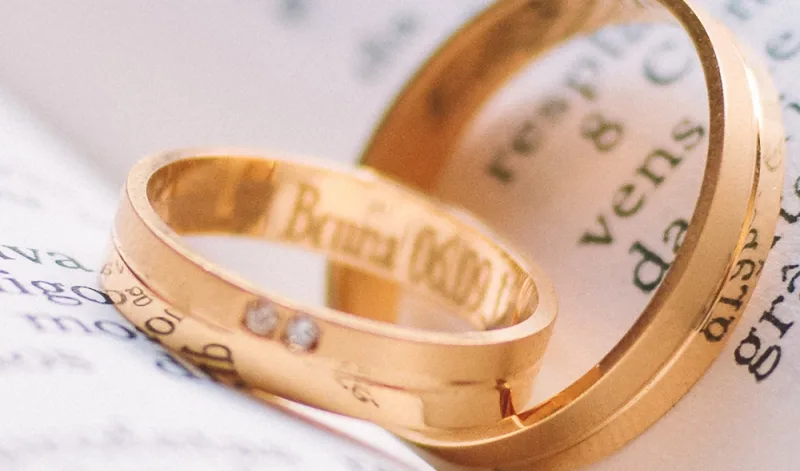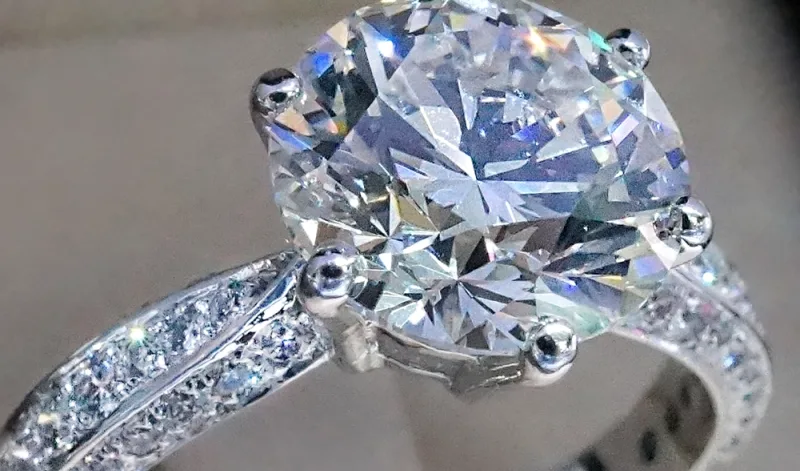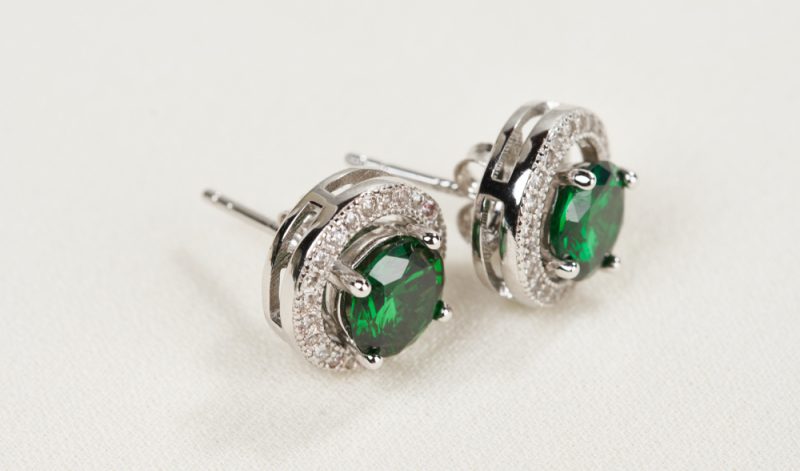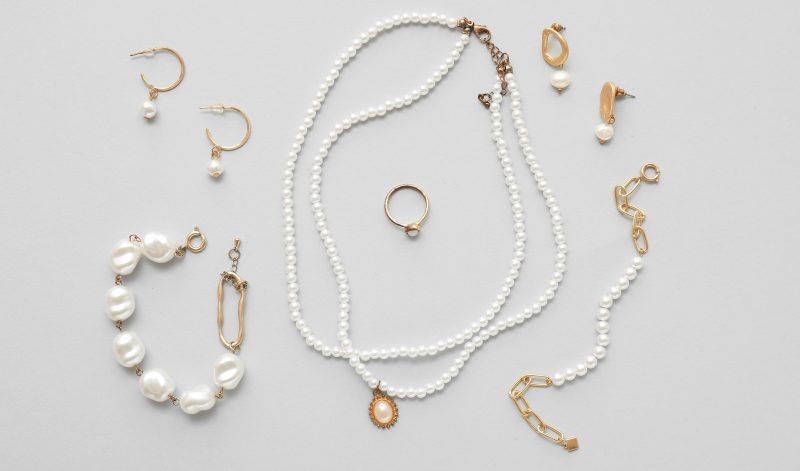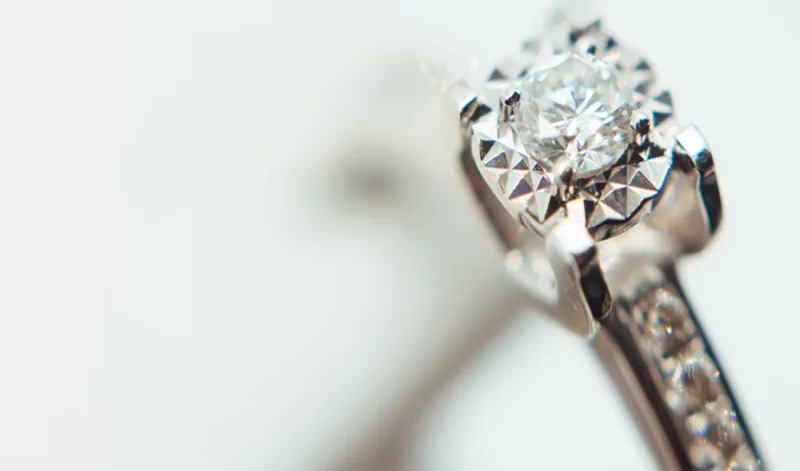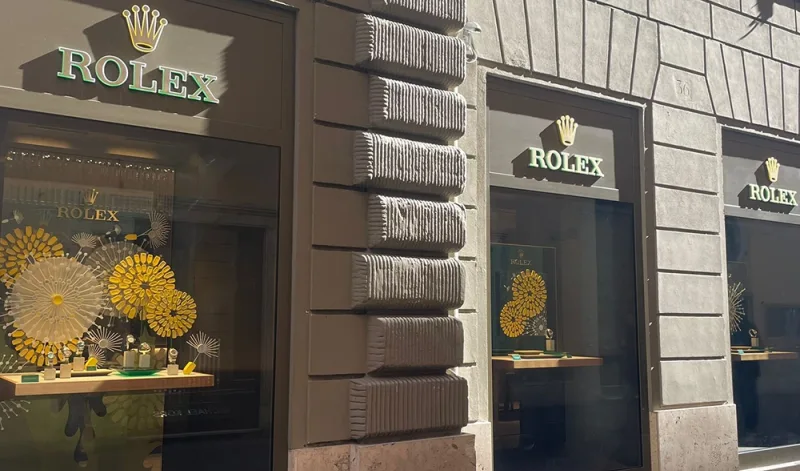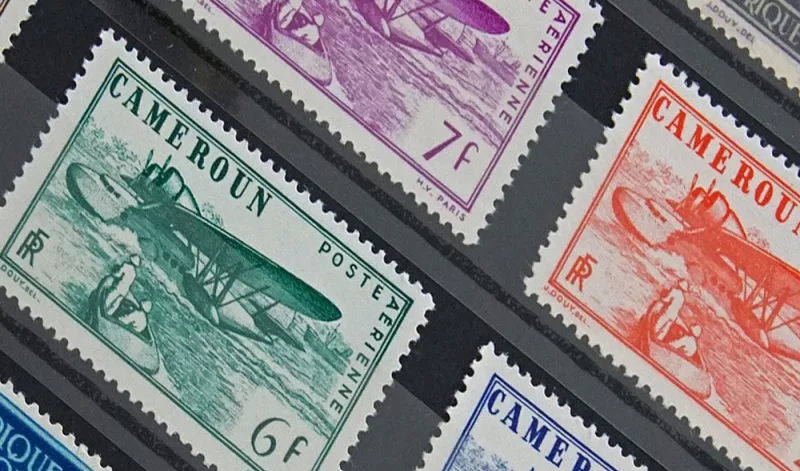Anyone
with a keen interest in watches will acknowledge that when it comes to
horology, the Swiss are synonymous with one thing and that’s high end
top quality products. Today Swiss watches are prized the world over and
represent the country’s third largest export.
Over the centuries most major innovations in design and build have
emanated from this centre of watchmaking excellence and if you are
looking for “firsts”, first watchmaker’s guild, first perpetual watch,
first wristwatch, first waterproof watch, first quartz watch etc. then
the Swiss have pretty much got it nailed.
The origins of watch making in Switzerland can be traced back as far
as the sixteenth century. At this time, John Calvin a religious
reformer, well known for both his controversial views and austere
standards of living, decided that citizens should not be allowed to wear
jewellery. The jewellery makers faced financial ruin and coupled with
the fact that watches were the only item of jewellery still permitted to
be worn, decided to turn their attention to the art of watch making for
which there was a steadily increasing demand.
By the end of the 16th century, the watchmakers of Geneva had
established a reputation for making quality desirable products and
although watches were being made all around the world by this time, the
Swiss formed the world’s first watchmaking guild. Thus in 1601 history
records Geneva in Switzerland as the birthplace of the entire industry.
The early watch designs were manufactured to be
as aesthetically pleasing as possible, accuracy of time keeping was not
the initial attraction of owning a Swiss timepiece (if you wanted an
accurate watch prior to 1850, the bulky rather plain looking watches
from Great Britain were perhaps a better choice) although some quality
watches were made, manufacturers tended to pander mainly to the demands
of their rich fashionable clientele who simply wanted to look good.
Other European countries including: Italy Germany & France were also
producing quality timepiece and the Genevese watch makers were not
averse to travelling abroad for study, to copy designs and improve their
skills.
Geneva soon became crowded with watchmakers; some settled in the area
from abroad, manufacturing took place in small houses and was very
compartmentalized, a lot of intricate handwork was involved. It was
typical for one craftsman to work on one part of a watch and then pass
it on to another in a different area of the city to work on another
part. There was no standardisation in procedure and thus manufacture
could be a long drawn out process with corrections having to be made to
each watch as it passed from one manufacture to another. It was fairly
accurate to say that each watch was unique.
Daniel Jean Richard & The Division of Labour
This
overcrowding lead many watchmakers to relocate and the Jura mountain
area became popular. One of the pioneers in this location was Daniel
Jean Richard, some say he introduced watchmaking to the Jura but
unquestionably he was a man who has made a very important impact on the
industry. He is credited with introducing the “division of labour
concept”. This concept in essence states that large tasks in the
watchmaking process are broken down in to smaller sub-tasks, each
performed by the same person who has been specifically trained for the
job which he repeats over and over again. As well as this streamlining
of the build process, he helped to implement standardised tools and
machinery as well as strictly controlled apprenticeships ensuring that
knowledge could be passed down from generation to generation. This
specialisation of labour coupled with a set of rules and guidelines was a
major factor in the elevation of Swiss watchmaking to the pinnacle it
enjoys today, productivity and quality was greatly improved.
Sections of watches were built to exact specifications (often by
farmers who provided a source of labour during the winter months) and
then collected for final assembly in the main workshop. Even today, the
Swiss watch industry falls in to two groups:
- “Manufacturers” who produce all parts of a watch from start to finish.
- “Etablisseurs” who assemble watches from parts made from groups of sub contracted craftsmen.
The following centuries saw a boom time for the industry and the
future was shaped by a raft of new innovations such as the first
perpetual watch (a self-winding mechanism that winds itself as the
wearer moves around) watches with complications such as the perpetual
calendar and the fly back hand.
The Geneva Seal
In 1886 the Geneva seal was given legal status after first being introduced earlier in the century to help deal with an industry plagued by counterfeiting. One of the first forms of hallmarking, it is still in use today and is recognised as a label of origin and a guarantee of quality for watches made to superior standards.
The Modern Wrist Watch
The
modern wristwatch that is universally popular nowadays has its own
origins around the time of the First World War. Soldiers of the day
discovered that pocket watches were not at all practical and began to
tie them to their wrists using pieces of leather. Officers who could
afford them had wrist watches or “trench watches” as they became known
which are highly collectable today, many were of a transitional design
between pocket watches and wrist watches, incorporating features of
both, some came complete with shrapnel guards to protect the watch face.
The end of the war saw the wristwatch gain in popularity and in 1926
the first self-winding wrist watch was produced in Grenchen, with
electrical watches introduced in the 1950s.
In 1967 the Centre Electronique Horolger in Neuchatel developed the
world’s first quartz wristwatch and sales of electronic watches now
account for 90% of all watches produced in Switzerland, however at the
quality end of the market, the remaining 10% of traditional mechanical
watches account for over 50% in terms of export value.
In recent years since the introduction of electronic watches, the
number of producing companies has fallen from several thousand to around
500 with consolidation taking place all of the time. For over four
hundred years Switzerland has managed to stay at the forefront of watch
production by a combination of tradition and a willingness to embrace
both new technology and change. Perhaps the real reason for its success
as a producer of watches is the sheer number of products it is able to
offer covering all budgets with a seemingly infinite range of designs
and specifications.
If you own a quality Swiss watch and require Watch Insurance, contact our office, we specialise in insuring watches as single items or collections.
